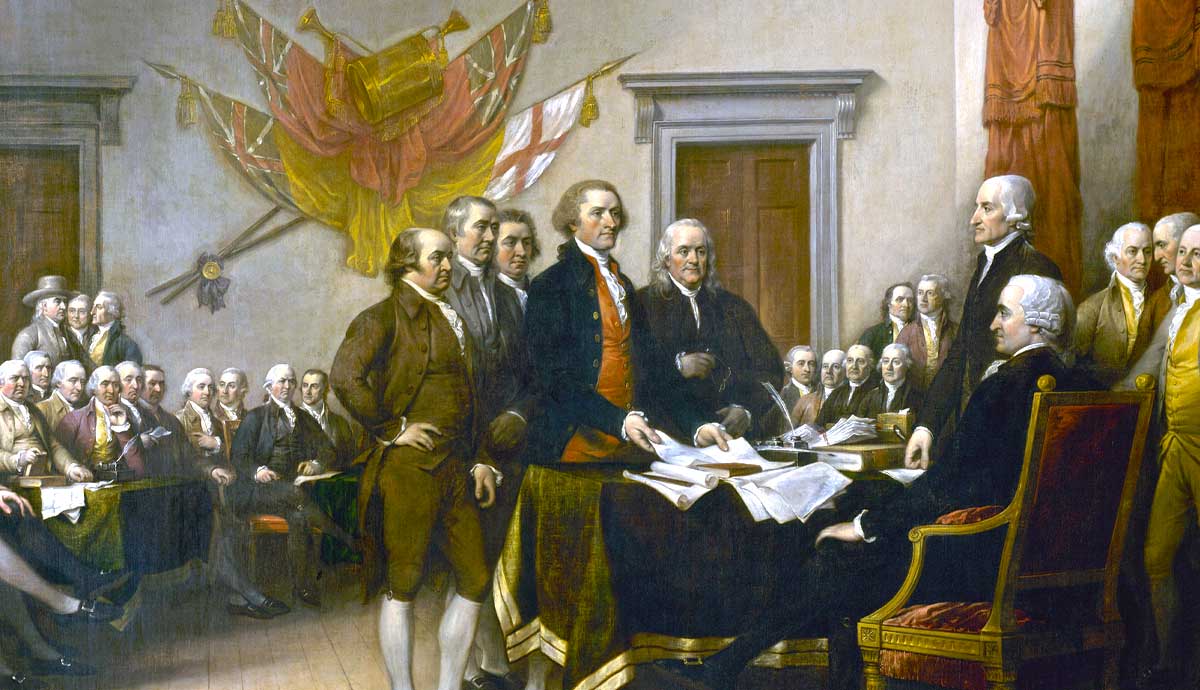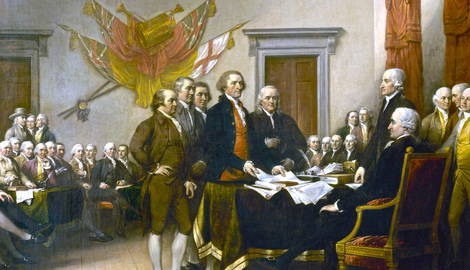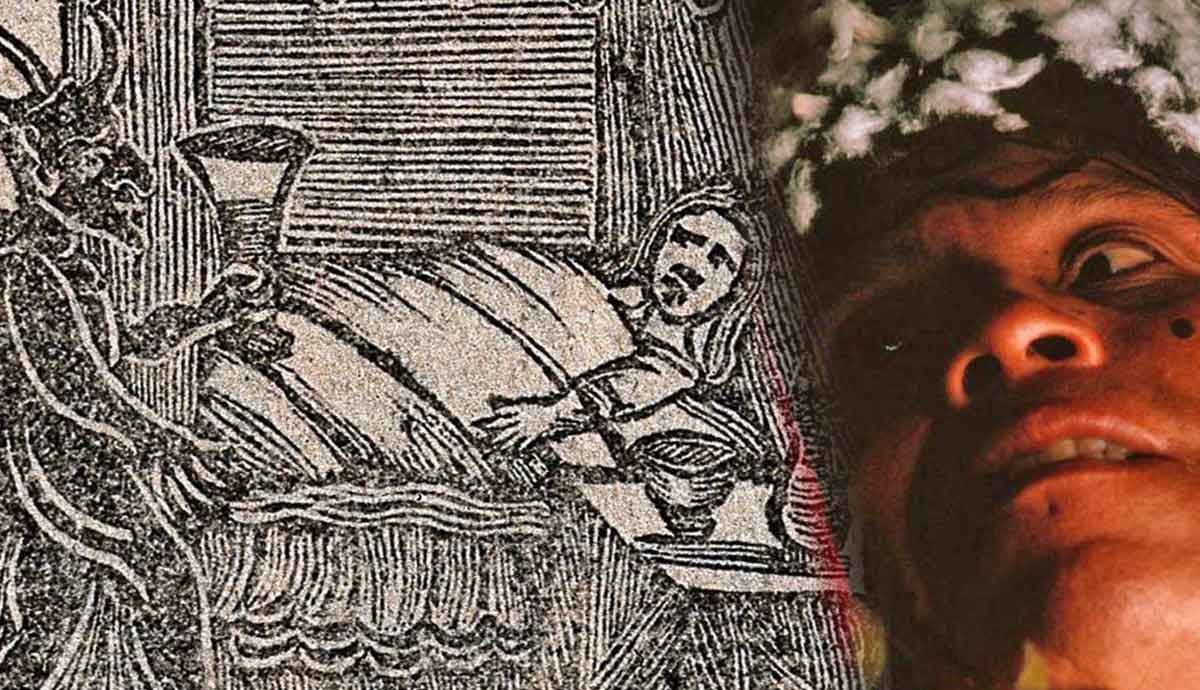
American historian David Muzzey probably said it best in his A History of Our Country (1943) when he wrote, “The Declaration of Independence cleared the air. It put an end to the contradiction of fighting against a king while still professing loyalty to him.”
By the mid-18th century, the tensions between the British Crown and its American colonies had escalated beyond reproach—the time for independence had arrived.
Toward Independence

The American Revolution began long before Thomas Jefferson penned the Declaration of Independence. A series of new taxes and regulations imposed by the British Parliament following the French and Indian War in the Americas in the 1760s, where English and Colonial troops fought off the French Canadians and their Native American allies, escalated tensions between the mother country and its American subjects. At the core of the colonial complaints was the feeling that these measures (Stamp Act, Townshend Acts, Quartering Act, etc.) violated the British colonists’ rights as Englishmen, treating them as second-class citizens—which, for all intents and purposes, they were. The calls for taxation without representation in the English Parliament soon turned to open mockery of the British system and treatment of its subjects.
What initially began as a means of devising a plan for an organized response to British regulations, the meeting of the colonial delegates in September 1774’s First Continental Congress had, by its second reiteration, turned toward something more. When the Second Continental Congress convened in May of 1775, the outbreak of hostilities between the British and the Colonists had already begun at Lexington and Concord. It was now time to coordinate resistance and military efforts.
Drafting and Adoption

With the war already on and George Washington assumed command of the American volunteer army, the sentiment for independence grew past the point of return. By 1776, influential pamphlets such as Thomas Paine’s Common Sense argued against fighting to gain more British rights under the existing Parliamentary system. Instead, they proposed complete independence. Paine wrote, “But Britain is the parent country, say some. Then, more shame upon her conduct. Even brutes do not devour their young, nor savages make war upon their families.” The public opinion was swaying.
On June 11, 1776, the Continental Congress appointed a five-person committee to draft an official declaration of independence. While the committee comprised some of the greatest minds in the land, namely John Adams, Benjamin Franklin, Roger Sherman, and Robert R. Livingston, it was the young Thomas Jefferson whom they chose to write the initial draft. The soft-spoken yet brilliant Virginian drew on Enlightenment ideas for his document, incorporating revolutionary concepts about government, natural rights, and the social contract.
Influenced by such men as John Locke, whose theory that governments derive their power from the consent of the governed and that people have the right to revolt against tyranny, fueled the young Jefferson’s quill as he wrote that all men are created equal and have the right to “Life, Liberty, and the pursuit of Happiness.”
After several revisions, including removing Jefferson’s stipulation about the evils of slavery so as not to alienate the Southern states from the common cause at hand, the Continental Congress officially adopted the Declaration of Independence on July 4, 1776. However, most of the delegates would not sign it until August, with some signing it even later. Fifty-six delegates from all thirteen colonies had affirmed their commitment to independence.
The Declaration

The Declaration of Independence has four parts, beginning with the Preamble, which, like an introduction to an article, states the document’s purpose. In this case, it includes the broad reasons for the colonies’ decision to separate from Britain.
The second part of the Declaration emphasizes the philosophical foundation and the idea of natural rights. It states that people form governments to secure and protect their unalienable rights to “Life, Liberty, and the pursuit of Happiness,” asserting that when the said governments become destructive of these rights, the people have the right to alter or abolish them and establish new governments.
The third and longest part of the Declaration of Independence is a list of grievances or complaints against the British king, detailing how he violated the colonists’ rights. While there are twenty-seven grievances in total, some of the more notable ones include the king imposing taxes on his subjects without their consent via Parliamentary representation, denying the colonists the right to a fair trial, maintaining a standing army in peacetime and forcing the colonists to house the troops in their homes, and dissolving colonial legislatures.
After the long list of grievances, the document concludes with a blunt assertion of independence from Britain. “…that they [States] are Absolved from all Allegiance to the British Crown, and that all political connection between them and the State of Great Britain, is and ought to be totally dissolved…”
On July 9, 1776, George Washington ordered the Declaration read to his troops in New York. The accompanying order stated, “The General hopes that this important event will serve as an incentive to every officer and soldier to act with fidelity and courage, as knowing now the peace and safety of this country depend solely on the success of our arms.”










